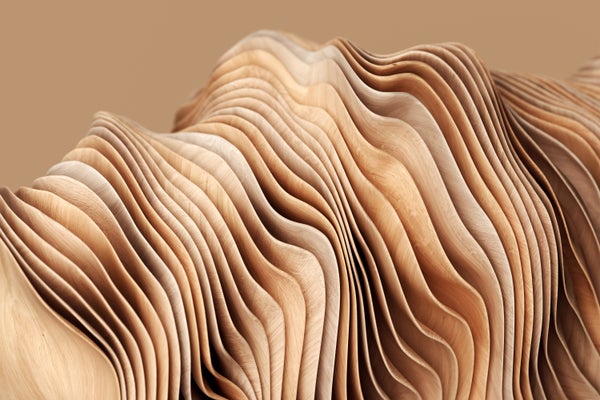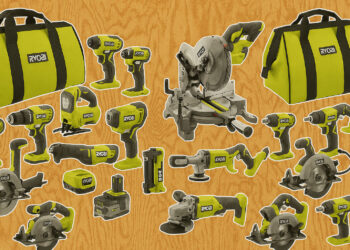Wood Ink For 3D Printers Can Turn Old Scrap into New Parts
A 3D-printing ink developed from wood waste recombines its natural components back into wooden products
Eugene Mymrin/Getty Images
Wood is one of humanity’s oldest and most versatile building materials—but turning tree trunks into today’s plywood and two-by-fours generates huge amounts of waste. Each year the U.S. alone produces about 18 million tons of scrap wood, and more than 12 million tons of it ends up in landfills. But researchers have now found a way to turn some of this waste into a wood “ink” that could eventually be used to 3D-print items such as furniture or architectural elements. The resulting material, described in a study published March 15 in Science Advances, looks, feels and smells like natural wood and is physically similar to work with.
Wood-based 3D-printing itself isn’t new. Existing inks, though, are typically made by mixing sawdust with a binder. This produces a wood-like composite that lacks many of the physical and aesthetic properties that give wood its appeal. In the new process, “we tried to mimic natural wood,” says Rice University materials science researcher Muhammad Rahman, one of the authors of the study.
Natural wood is made up mostly of organic polymers called cellulose and lignin, along with smaller amounts of pectin, wax and other compounds. To convert wood scraps into ink for 3D printing, the researchers started by combining just lignin and cellulose, keeping the ratio of these materials the same as that found in natural wood. For this part of the process, Rahman says, any kind of wood or wood waste can be used. In fact, “it does not even need to be wood,” he adds. “You can [use] any plant that has lignin and cellulose [and] deconstruct it and then mix it.”
On supporting science journalism
If you’re enjoying this article, consider supporting our award-winning journalism by subscribing. By purchasing a subscription you are…
Read the full article here






